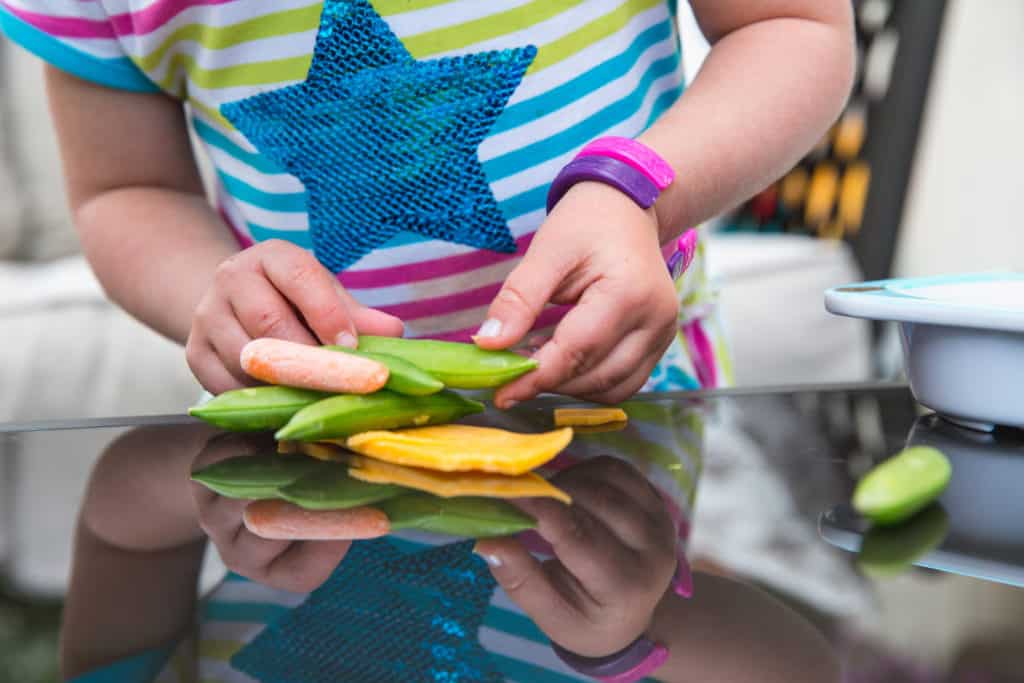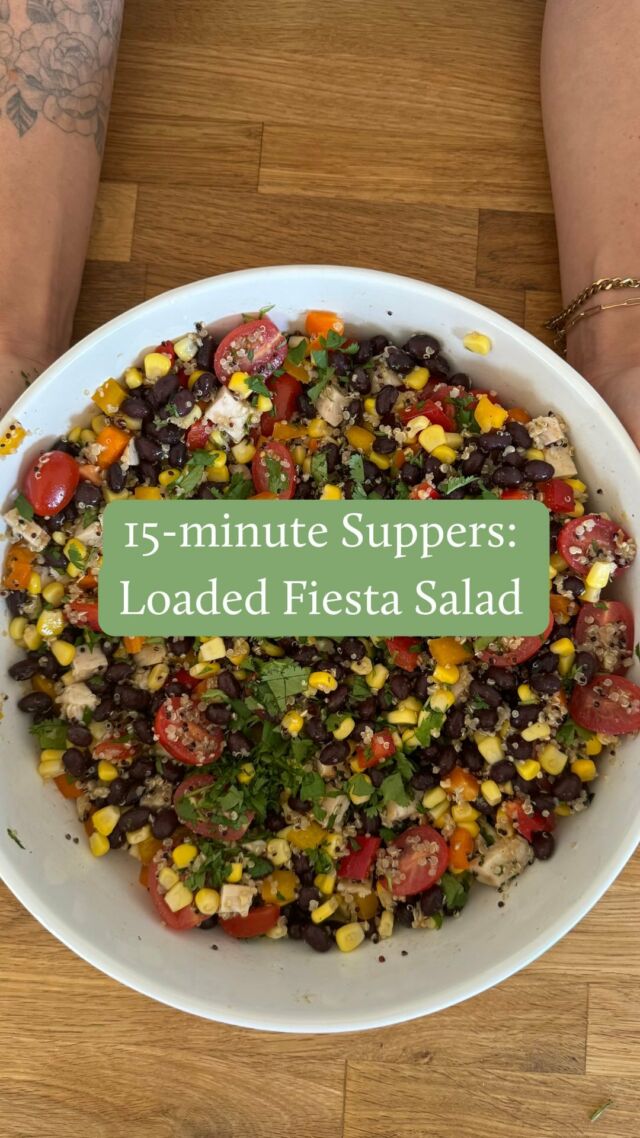Vegetables and kids. It’s all familiar; the furrowed brow, scrunched up nose, protruding tongue and the words “that’s yucky” muttered from their mouths.

You wonder what this adamant refusal to eat certain foods stems from; is it because it’s unfamiliar? Is it the way it looks? The texture? Smell?
It’s completely normal for kids to become skeptical of veggies, especially when they enter toddlerhood. Biologically speaking, humans are designed to have an innate preference for sweet and an aversion to bitter. This is what has assisted our survival all of these years – drawing us to the foods that provided us with energy, and steering us away from the possibly toxic substances. Science has proven that sensitivity to a bitter taste can vary between individuals, meaning the taste can be amplified more in some children. Children specifically are very sensitive to taste (they actually have more taste buds than we do!), therefore, your child’s sensory development can indeed affect their food acceptance. Pair this innate aversion to bitter vegetables with a new-found independence and yearning for control, and you might feel as though you’ve got a picky eater on your hands!
No need to panic! This rejection of veggies is very normal in the toddler/preschooler age. Although your child may not be eating many vegetables at this point, they are likely still receiving many of the same essential nutrients from other foods, fruit being one of them. This may offer some parents some relief, as children tend to accept the sweeter fruits over the bitter veggies!
In the meantime, it is important to continue to introduce (and re-introduce) vegetables again and again in a non-pressured and considerate way. When it comes to feeding, it’s important to maintain your parental responsibility of feeding, and let your kids maintain their responsibility of eating. The Division of Responsibility (DOR), a feeding philosophy created by childhood feeding expert and author Ellyn Satter, teaches parents that they are responsible for the what’s, where’s and when’s of feeding, and that kids are in charge of whether and how much to eat. In other words, it’s your job as the parent to provide healthy, balanced meals and snacks (some of which will contain vegetables) and leave the rest up to your child. They determine if and how much of each offered food they would like to eat.
It can be hard to relinquish some of the control at mealtimes, but in the long run, it will help your kids to better self-regulate their food intake and grow to enjoy a variety of foods.
So, how do I make veggies more appealing to my child??

There are a few ways you can entice your child to be more open to exploring and tasting vegetables during this tricky time, without catering to them or pressuring them to eat.
Switch it up!
You may find that your child likes a certain vegetable cooked as opposed to raw, or the other way around. Texture or temperature can have a big impact on some kids’ food acceptance! So, try not to assume your child dislikes it based on the first rejection. Instead, try different preparation styles, (you’ll be surprised at how some small changes can make a BIG difference in acceptability). For example, try roasting different vegetables instead of serving them raw – the roasting process brings out the natural sweetness of the food, which can be more appealing to their taste. Or try cutting cucumbers into “coins” instead of strips, to add visual variety.
Steer clear from making big changes to a meal after it’s been served, as this would be considered catering (for example, offering to steam vegetables that you’ve already served raw). Instead, involve your child in the prep/cooking process and ask them how they’d like to have their veggies cooked (let’s say, giving them two choices–raw or steamed). Giving kids a little bit of “structured control” (with limits of course) allows you to maintain control over WHAT is served, but allows them to feel as though they’ve had a hand in making it.
Dip it!
Serve raw or steamed veggies with a sauce, dip or dressing. This can be anything, even ketchup, honey mustard or ranch dressing! Something that you know they enjoy the taste of can really increase their acceptance and consumption of some vegetables. Even adding a dolop of nut butter–such as peanut or almond–can make veggies seem more fun or appealing, while adding some nutrition too! Hummus is another popular and nutritious dip to offer with veggies, whether they’re raw or lightly steamed.
Add them, don’t sneak them!
Adding leafy greens to a fruit smoothie, or grated zucchini or carrot to muffins is a great idea, not only to boost the nutrition of your child’s favourite snacks, but also to teach your kids about the versatility of vegetables. The key is not to “sneak” them in, but rather to “add” them in. In fact, you can get your kids to add them in! It’s important to be open with your kids about adding vegetables to their meals and snacks, otherwise they will start to really wonder what the big deal is. “Why is Mom sneaking that green stuff into our smoothies? It MUST be yucky if she doesn’t want us to know about it…” is something that might go through your child’s head if he ever saw you (which will inevitably happen at some point). Instead, show your kids from an early age that adding vegetables into other foods is normal and can be delicious too.
Did you know that we offer personalized nutrition counselling for kids and families? If this is something you’d like to learn more about, please visit The Centre for Family Nutrition.
Written by: Dawn Amber, Nutritional Sciences Student
Edited by: Sarah Remmer, RD









Comments
Anne says
My grandson just will not try any vegies his mum gets upset everytime she just wants him to be healthy .What can I do.
Sarah Remmer says
Hi Anne. I totally get it. We all want our kids to explore and try new foods, but for some kids it can be scary! And totally nerve wracking as a parent! The best thing you can do for your grandson is keep offering veggies in a pressure-free way and check his meal and snack schedule (2 hours between each eating opportunity). Also check out this blog post for a few more ideas when it comes to picky eating strategies –> http://www.sarahremmer.com/3-picky-eater-strategies-that-work/ or feel free to reach out for nutrition counselling! Dietitians are often covered under health insurance, so it’s worth a check. Hope this helps – and good luck!